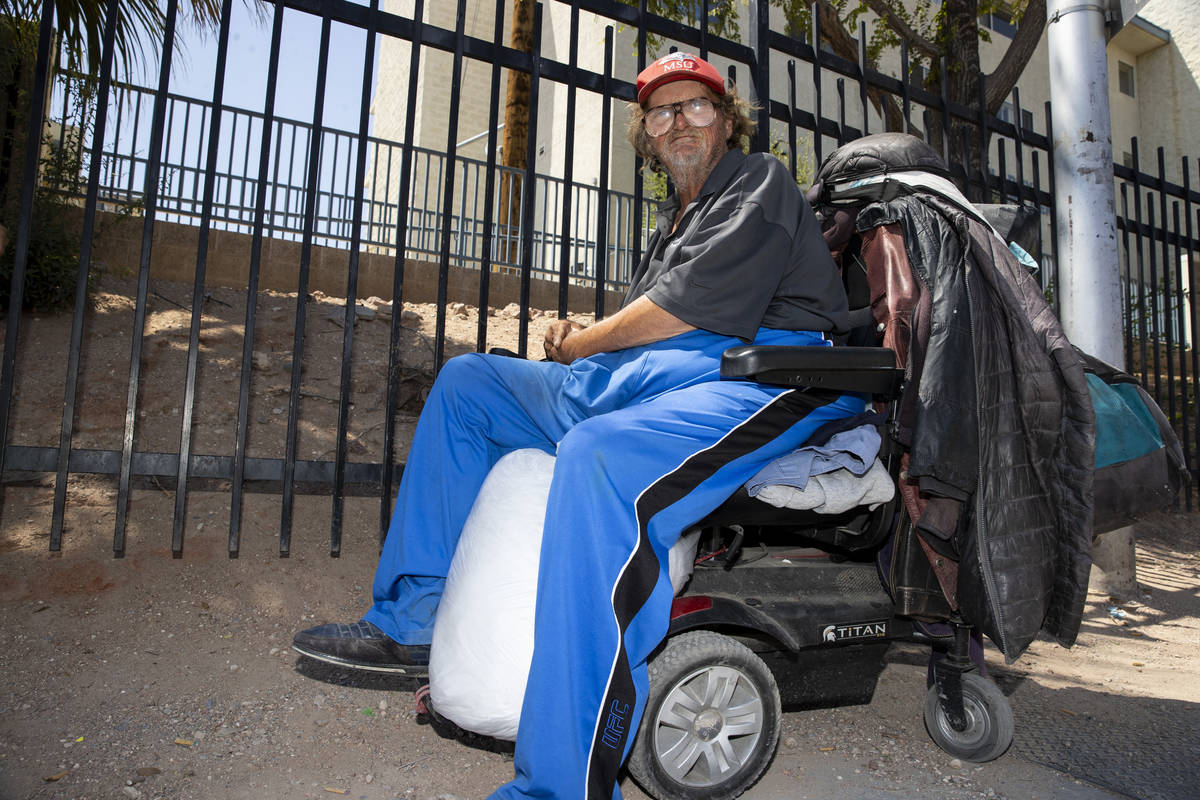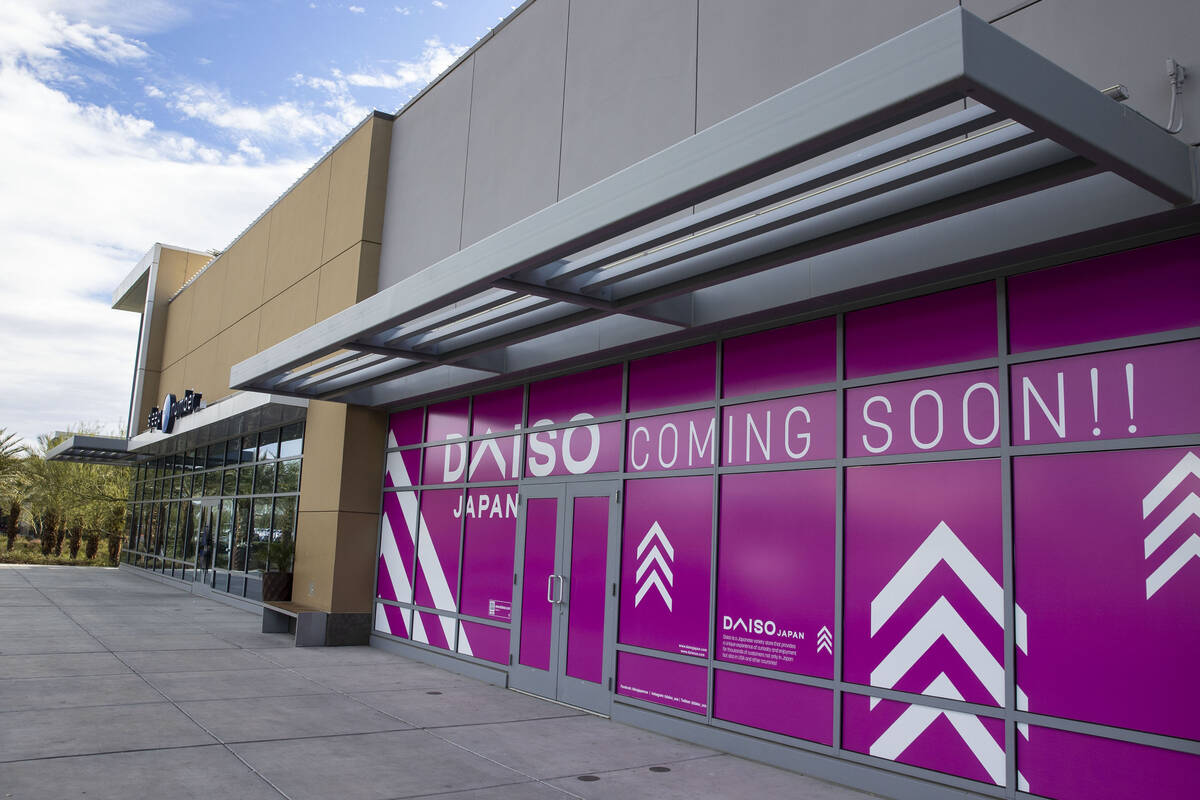For about 12 hours a day, Timothy Bartley sits in his worn-out power wheelchair, trying to find enough shade from a nearby palm tree on Owens Avenue. He tries not to move much. The wheelchair’s battery will then not last long.
Bartley, a 57-year-old with shaggy blonde hair and a weathered face, remembered the same wheelchair going down sidewalks and carrying him around town. Back then, the chair’s battery lasted for days. Now Bartley has to save the battery for a short afternoon drive down the concrete ramp to get to the Salvation Army’s night shelter.
“If I use it up, it won’t get me up the ramp,” Bartley said on Thursday. “It dies pretty quickly.”
The non-profit organization, no more than 15 meters from Bartley’s whereabouts, offers overnight accommodation from 6:00 p.m. to 6:00 a.m. every day. Day shelters were also provided for people like Bartley most summers to get away from the heat.
But the hiring struggles for the Salvation Army have resulted in a delay in the opening of their day shelter, which usually begins on June 1st.
“Now the only thing I can do is go into the shade to keep the heat out,” said Bartley.
Based on community surveys by the nonprofit National Alliance to End Homelessness over the past 13 months, COVID-19 has been linked to a staff shortage in homeless services. During the last survey, from February to April, 37 percent of accommodations and other direct service providers in the US reported a COVID-19-related staff shortage. In the November 2020 survey, 70 percent of respondents reported bottlenecks – the highest number recorded during the survey series. Employees on leave, a lack of volunteers and an increased demand for services were common survey results.
Interviews with officials from various shelter providers in southern Nevada have confirmed that recruitment is an issue while uncovering other concerns as well.
Shortage of staff
Once opened, the Salvation Army’s day shelter would provide laundry facilities, showers, a wardrobe, case management and protection from heat for around 300 to 450 customers per day.
Social Services Director Juan Salinas said the shelter is close to the necessary staffing – eight part-time workers are needed – but, like other organizations, has problems with recruitment.
“We put up applications, we post vacancies, people come for guidance and then they don’t show up for work, so we can’t open now,” Salinas said.
Heather Engle, CEO of the Las Vegas Rescue Mission, repeated similar challenges. She said the shelter has been “pretty much unemployed for a long time,” but has learned to adapt through the pandemic.
Several animal shelters said adjustments are crucial to continue offering the same services while minimizing contact. That means spreading out beds, adding Plexiglas, sterilizing surfaces more frequently, staggered service times, prescribing masks and offering services at a distance.
“When we are faced with something like a pandemic, an unwritten crisis, we write the solutions every day,” said Engle.
Engle also noted that her shelter has lost much-needed volunteers. For much of the pandemic, the community meal became a take-away due to a lack of volunteers. Seated meals have recently started again, but are no longer as frequent.
“People are obviously scared and things have just changed, so we’re really trying to increase our volunteers,” said Engle. “Some days we do and some days we don’t.”
More new homeless people
Other animal shelter officials also raised concerns about an expected increase in the number of unhodged people.
Kathi Thomas-Gibson, Director of Community Services for the City of Las Vegas, oversees the operations of the Courtyard Homeless Resource Center. While the number of overnight stays for the courtyard is constant, she said the number of people using the services has increased.
“We’re definitely seeing new people, like people who were not previously in the homeless service system and are now homeless,” said Thomas-Gibson.
There are 5,083 homeless people in southern Nevada every night, according to the 2021 Point In Time Census and Survey.
Leslie Carmine, director of media and community relations for Southern Nevada Catholic charities, said more and more people have access to the day shelter. Carmine wasn’t sure if the surge was due to COVID-19, but said people might go where the services are open. She added that the number of accommodations usually changes with the weather.
“Every time we have any type of extreme weather, be it wind, rain, heat or cold, those numbers go up,” said Carmine.
“Gets a lot worse”
Abby Quinn, chief community relations officer at Shannon West Homeless Youth Center, noted that the rise in homelessness will only exacerbate the already difficult problem of finding a home in Las Vegas. Quinn said the youth center is trying to find housing for all of its customers, but people are still waiting to be housed based on Clark County’s “community queue” that dictates housing matches.
The queue takes into account vulnerability, situation and other factors to determine who will get accommodation first.
“It’s very difficult to find shelter or shelter right now,” Quinn said. “We have a hard time finding affordable apartments for customers who want to move away from the streets. Affordable housing is a huge deficit for our city. “
Quinn is also concerned if eviction moratoriums and state rent protection expire. The Centers for Disease Control and Prevention recently passed a new moratorium on evictions, and Nevada passed Assembly Bill 486. Both steps provide temporary protection to tenants exposed to an eviction.
Quinn fears the day that time comes.
“I think it’s going to get a lot worse because a lot of people won’t have the home they were safe in for the last year or so,” she said.
Contact Mathew Miranda at mmiranda@reviewjournal.com. Follow @mathewjmiranda on Twitter.












